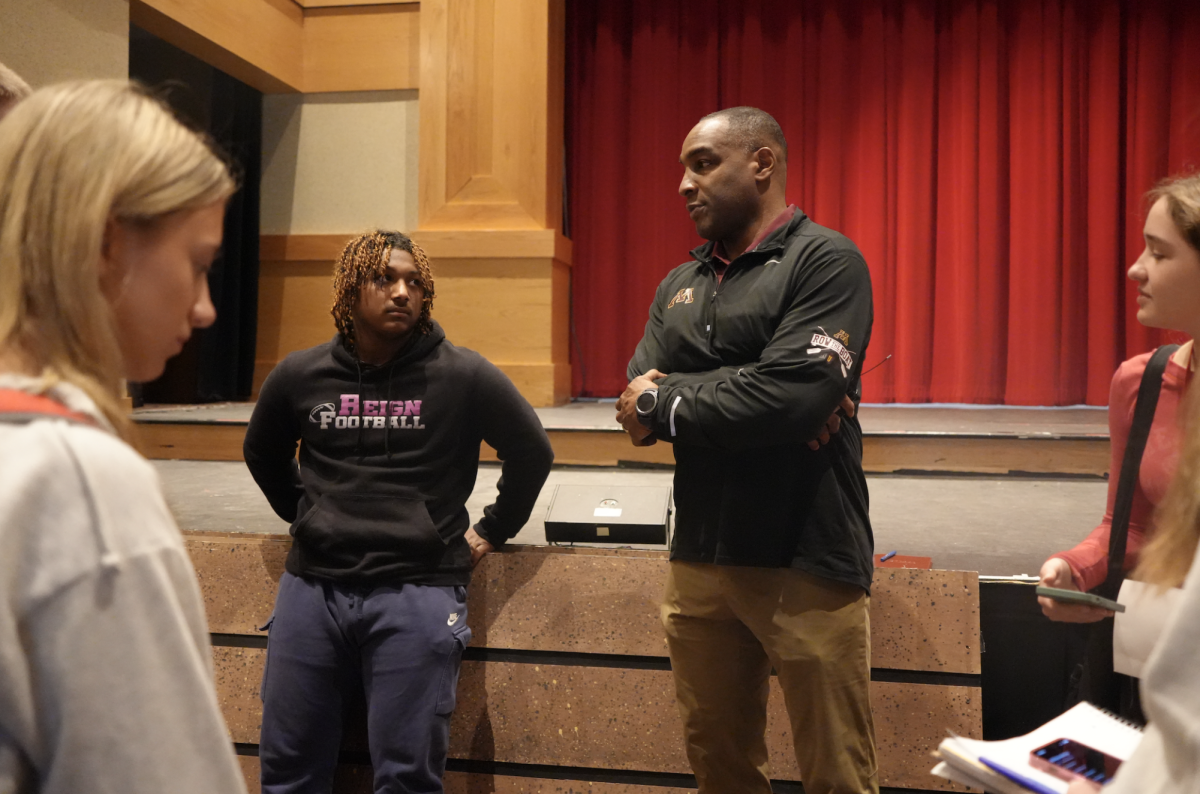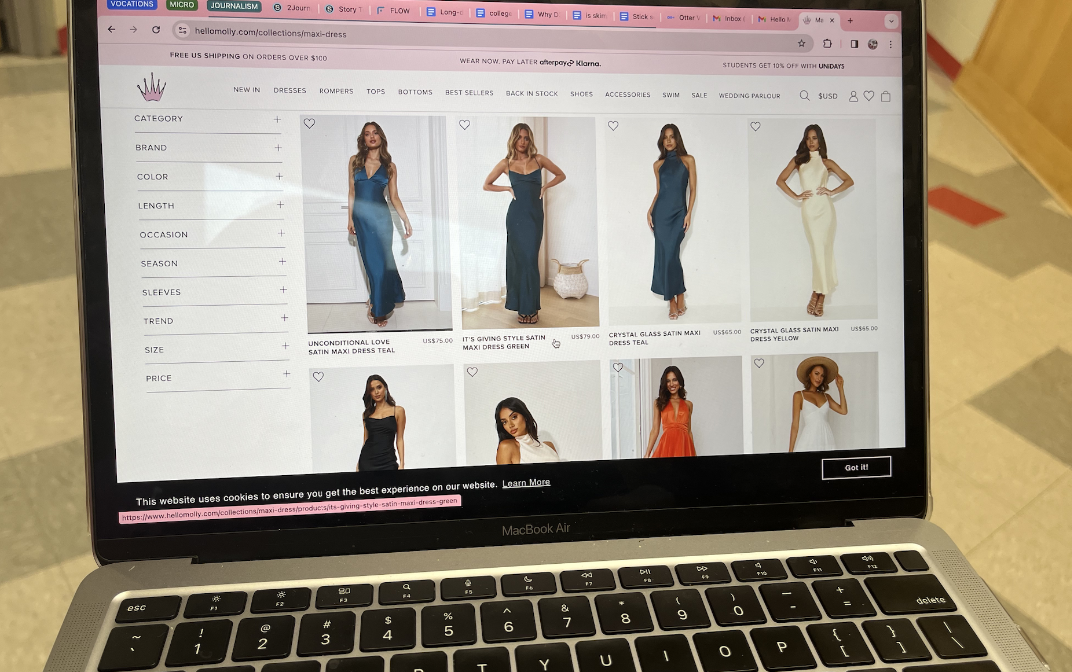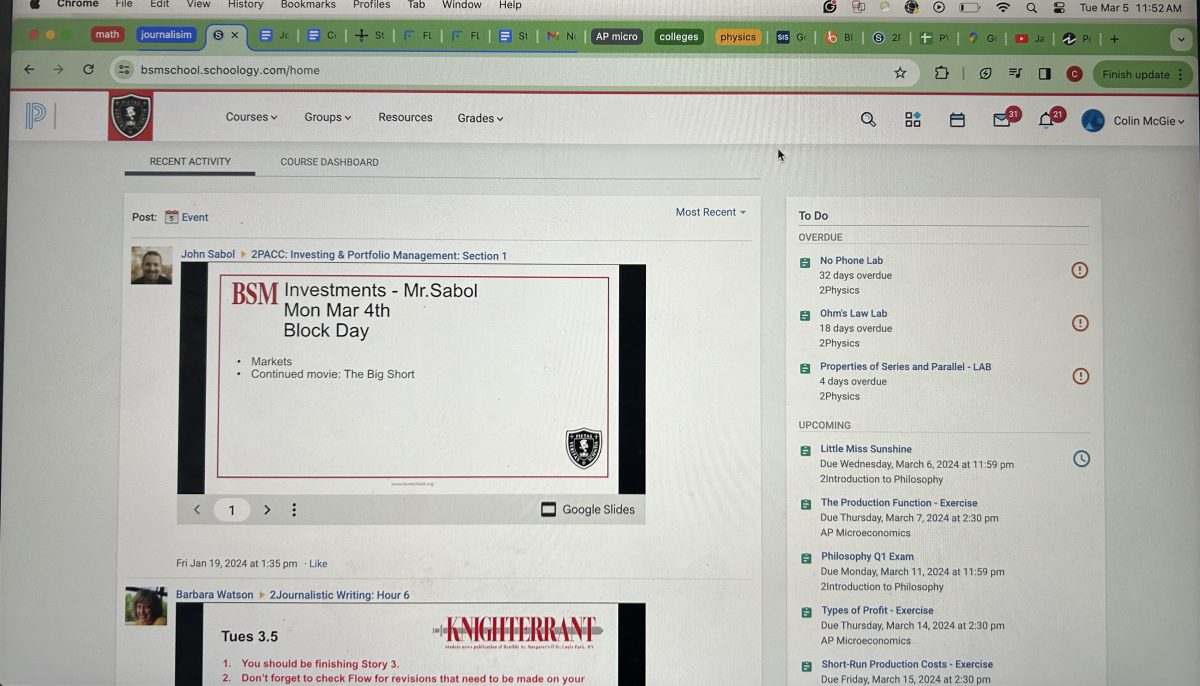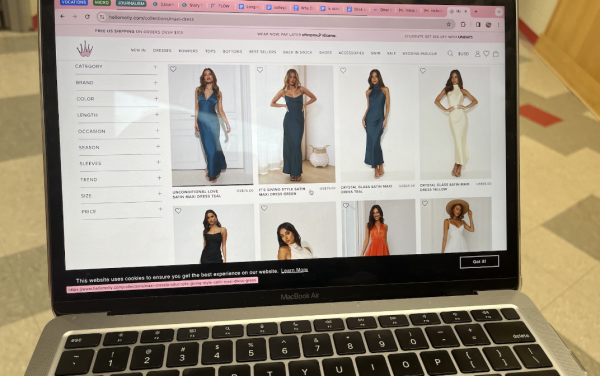Feminism should focus on women’s issues
Although inclusiveness is important, using genderless language to have conversations about women’s rights will do nothing but warp and distort the foundational ideals of feminism and the feminist movement.
EverydayFeminism.com contributor Luna Merbruja writes, “There is no singular female body, and even though feminist movements are broadening the idea of a woman’s body … they are not doing justice to trans women’s bodies.” In the last few years, the view of gender, sex, and the relationship between the two changed immeasurably. A significant amount of people, many of them being on the far left side of the political spectrum, have introduced and support the ideas that gender and sex are not necessarily connected, that there are more than two genders, and that there are a multitude of “nonbinary” gender identities.
Whether you agree or disagree with these new views about the relationship between biological sex and gender, there should be no denial of the existence of biological facts. The extreme left’s insistence that the bodies of transgender women are not biologically male and are instead biologically female, and the view that there is no singular female body (given by Merbruja), is not only ignorant of systematic oppression based on sex, but completely negligent of biological fact.
The privilege to think about womanhood as something other than directly relating to femaleness is just that: a privilege. New views of gender and sex are contemporary and modern––they are not as wide-reaching as many people on the extreme left seem to think they are. For example, teenage girls who are forced into arranged marriages all around the world are not forced to marry on account of their identity, they are forced into marriage according to their biology. Historically, women have been seen and portrayed as vehicles for reproduction, due to their ability to carry and birth children. The way that women were treated historically, and currently, has everything to do with their biological abilities.
While it’s important for feminism to be inclusive and take the different experiences of all women into consideration, it’s equally important that the language, the core issues, and the goals of the movement remain the same.
— Peyton Schuldt
Some people argue that the conversation about reproductive rights and pregnancy must remain gender neutral, to account for the biologically female transgender men who have a desire to carry their own children, the biologically male transgender women who physically cannot, and the “nonbinary” people who don’t identify with either gender. I do support inclusivity and believe in the importance of inclusive language, but I can’t support the use of genderless language to have these conversations about women’s rights––it will do nothing but warp and distort the foundational ideals of feminism and feminist movements. The reason we talk about things like maternity leave and menstruation as women’s issues is because over 99% of women in America have experiences related to these things, while less than 1% (approx. 0.6%) of the American population is transgender, and even less identify as transgender women.
While it’s important for feminism to be inclusive and take the different experiences of all women into consideration, it’s equally important that the language, the core issues, and the goals of the movement remain the same. Of course, as is the case with any advocating and lobbying group, there is overlap between feminism and other societal movements. To adapt the language of the feminist movement to include those overlaps seems like a good idea in theory, but in truth, it would do nothing but muddy the core message and meaning of the feminist movement.


















































Elizabeth • Apr 30, 2018 at 9:09 pm
Today’s feminism is not only a women’s movement but a larger movement encompassing equal treatment of all people, especially vulnerable people, regardless of gender. Biology can be deceptive, and I’d encourage not using it as a crutch. Look into terms like intersex, Klinefelter syndrome, Jacob’s syndrome, and Swyer syndrome. These are all biological conditions with ambiguous phenotypes that occur in approximately 710,000 people in the United States according to the NIH (and assuming males make roughly 50% of the population). In addition, being a woman is unrelated to a person’s ability to bear children and menstruate. Some women are infertile (10 percent of women (6.1 million) in the United States ages 15-44). Some women do not menstruate (median age for post-menopausal white women in the US is between 50-52 years of age). Are women who have their ovaries or breasts removed for health reasons less women? Feminism addresses these issues.
Defining a feminism as a movement only for those who give birth and menstruate misses the point of feminism altogether. Feminism is taking girls to the science museum. Feminism is allowing boys to play with dolls or wear pink. Feminism is advocating for maternity leave . . . and paternity leave. Feminism is about fighting against discrimination — not for it.